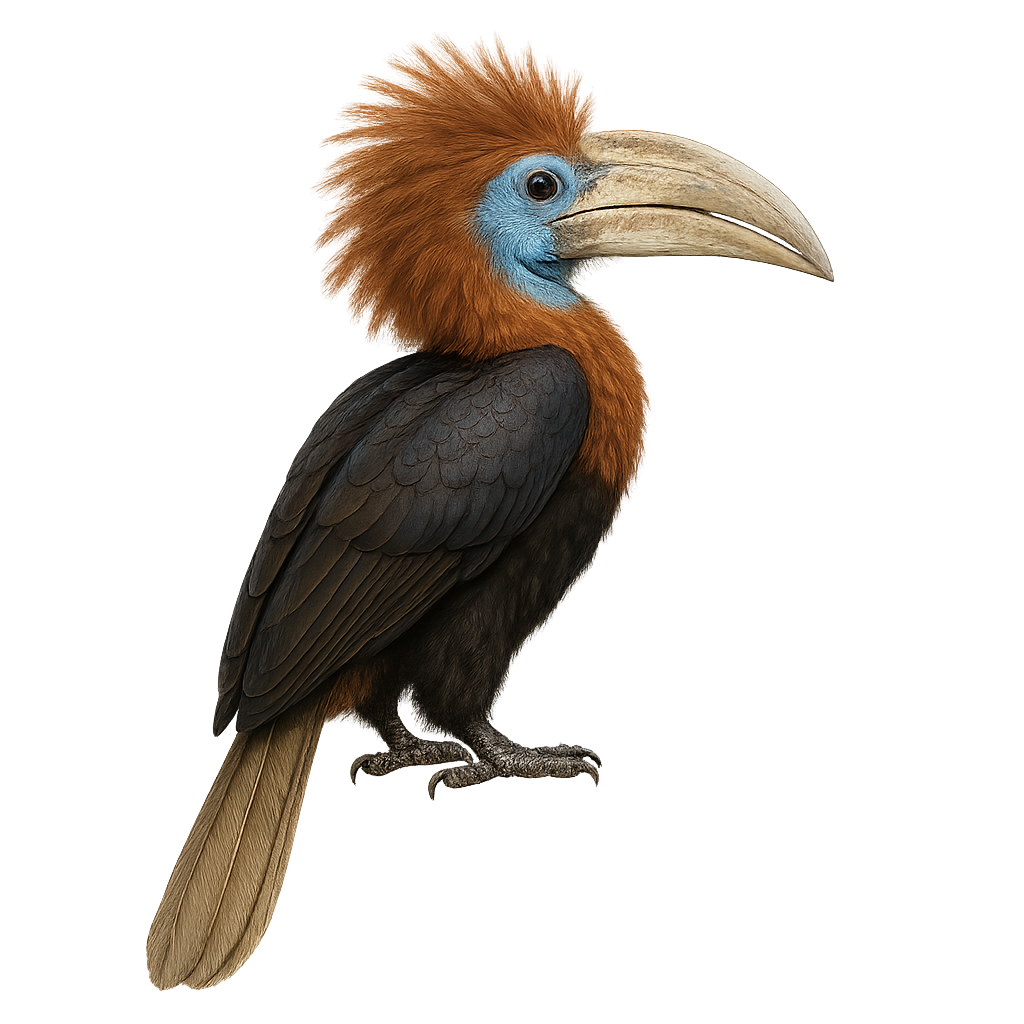Your wildlife photography guide.
Explore the yellow-casqued hornbill in detail, study its behavior, prepare your shots.
Where to observe and photograph the yellow-casqued hornbill in the wild
Learn where and when to spot the yellow-casqued hornbill in the wild, how to identify the species based on distinctive features, and what natural environments it inhabits. The WildlifePhotographer app offers tailored photography tips that reflect the yellow-casqued hornbill’s behavior, helping you capture better wildlife images. Explore the full species profile for key information including description, habitat, active periods, and approach techniques.
Yellow-casqued Hornbill
Scientific name: Ceratogymna elata

IUCN Status: Vulnerable
Family: BUCEROTIDAE
Group: Birds
Sensitivity to human approach: Suspicious
Minimum approach distance: 10 m
Courtship display: February to April
Incubation: 38-40 jours
Hatchings: March to May
Habitat:
Tropical rainforests, lowland forests, secondary forests
Activity period :
Primarily active during the day, with peak activity in the morning and late afternoon.
Identification and description:
The Yellow-casqued Hornbill, or Ceratogymna elata, is a large forest hornbill of West Africa, notable for its massive size, glossy black plumage, and prominent pale yellow bill with a large casque, especially in males. It inhabits dense lowland forests in countries such as Guinea, Liberia, Ivory Coast, Ghana, and Sierra Leone. Usually seen in pairs or small groups high in the canopy, it feeds mainly on fruit, but also consumes insects and small animals. Classified as vulnerable, the Yellow-casqued Hornbill is threatened by habitat loss and hunting within its limited range.
Recommended lens:
400mm – adjust based on distance, desired framing (portrait or habitat), and approach conditions.
Photography tips:
To photograph the Brown-cheeked Hornbill, it is advisable to use a telephoto lens of at least 400mm to capture detailed images from a distance without disturbing the bird. Look for areas of the forest where fruits are abundant, as these birds often gather to feed. Be patient and discreet, blending into the environment to avoid startling them. The best times to observe them are early in the morning or late in the afternoon when feeding activity is at its peak.
The WildlifePhotographer App is coming soon!
Be the first to explore the best nature spots, track rutting seasons, log your observations, and observe more wildlife.
Already 1 430 wildlife lovers subscribed worldwide

